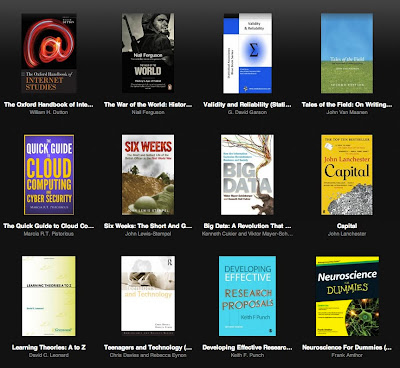Whilst my asthma or condition isn't severe enough to justify it, imagine though taking a pill in which a microchip, 1mm is embedded. A sufficient electric charge is produced when the microchip gets wet and for a short period it transmits data to a computer (could be a wearable device such as a wristband or watch).
Armed with this data, analysed automatically, and read by you or a healthcare professional, your drug regimen and response to it is closely monitored.
In exchange for the 'big data' you 'transmit' and the knowledge on improving drugs and personalising treatment you may assist with research into the condition you have.
Your GP in this scenario may be sidelined as the specifics of your condition that warrants such an intervention goes directly to a consultant or a biochemist ... even a technician of any part of the device falters.
Papers on the above have been published in the last two/three years. This isn't science-fiction, it is science-fact.
The opportunity to dream up stories, let along to consider serious research, are endless. The scariest thing for me remains the prospect of being kept alive 'well beyond my sell by date' - literally rotting away and being conscious of this long, long after I should have been allowed to die or 'turned off'.
I heard recently of an 80 year old who committed suicide 'before it got too late'.
If you control the scenario described above, instead of the devices and drugs trying to keep you in perfect health at whatever cost, could you, if controlling them, elect to 'turn down the volume' - to achieve what we all perhaps aspire to with death, and that is to die peacefully in our sleep rather than in a strange bed, surrounded by strange people determined, not matter what level of torture is involved, to keep you alive until you last breath and heart beat?
Rather a few friends are talking about how a parent just died - I'm yet to hear a happy ending.







